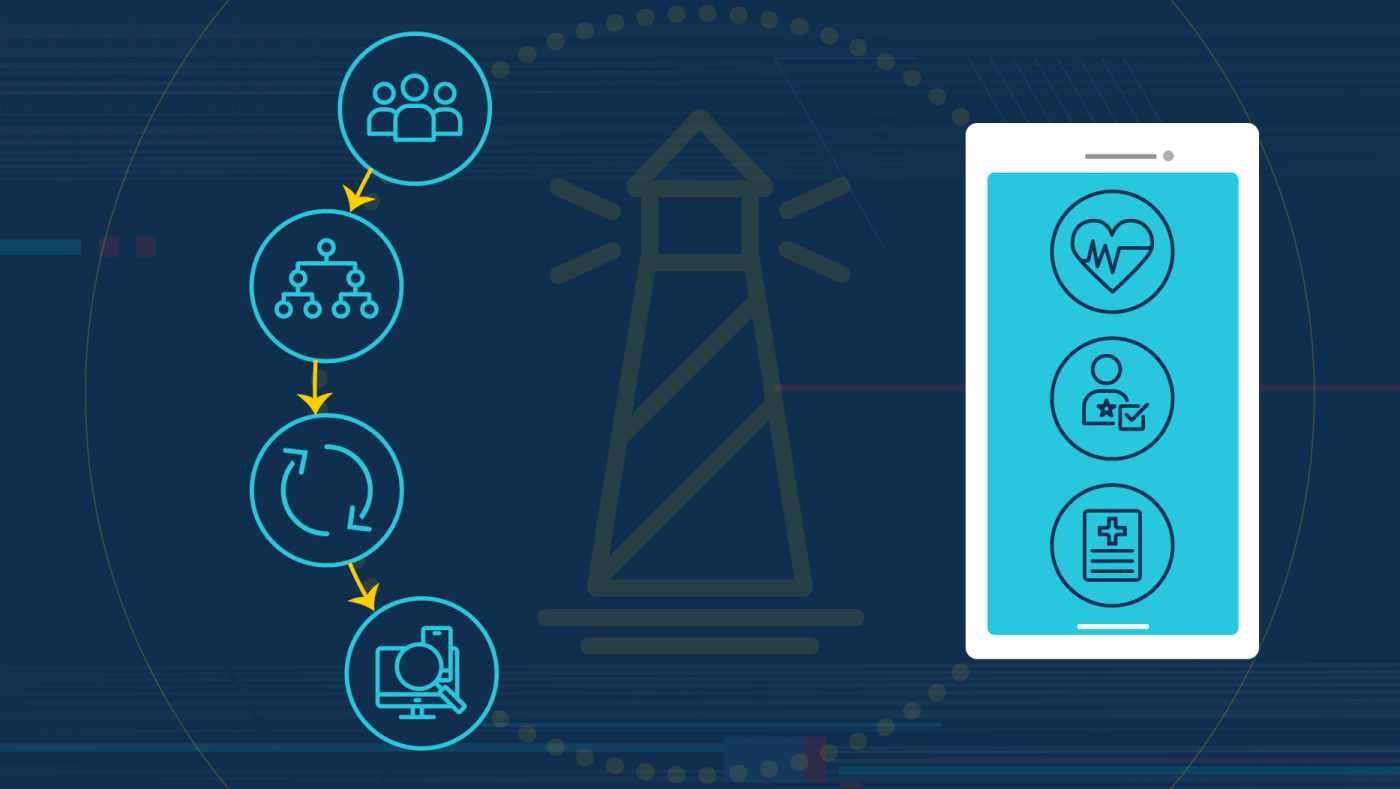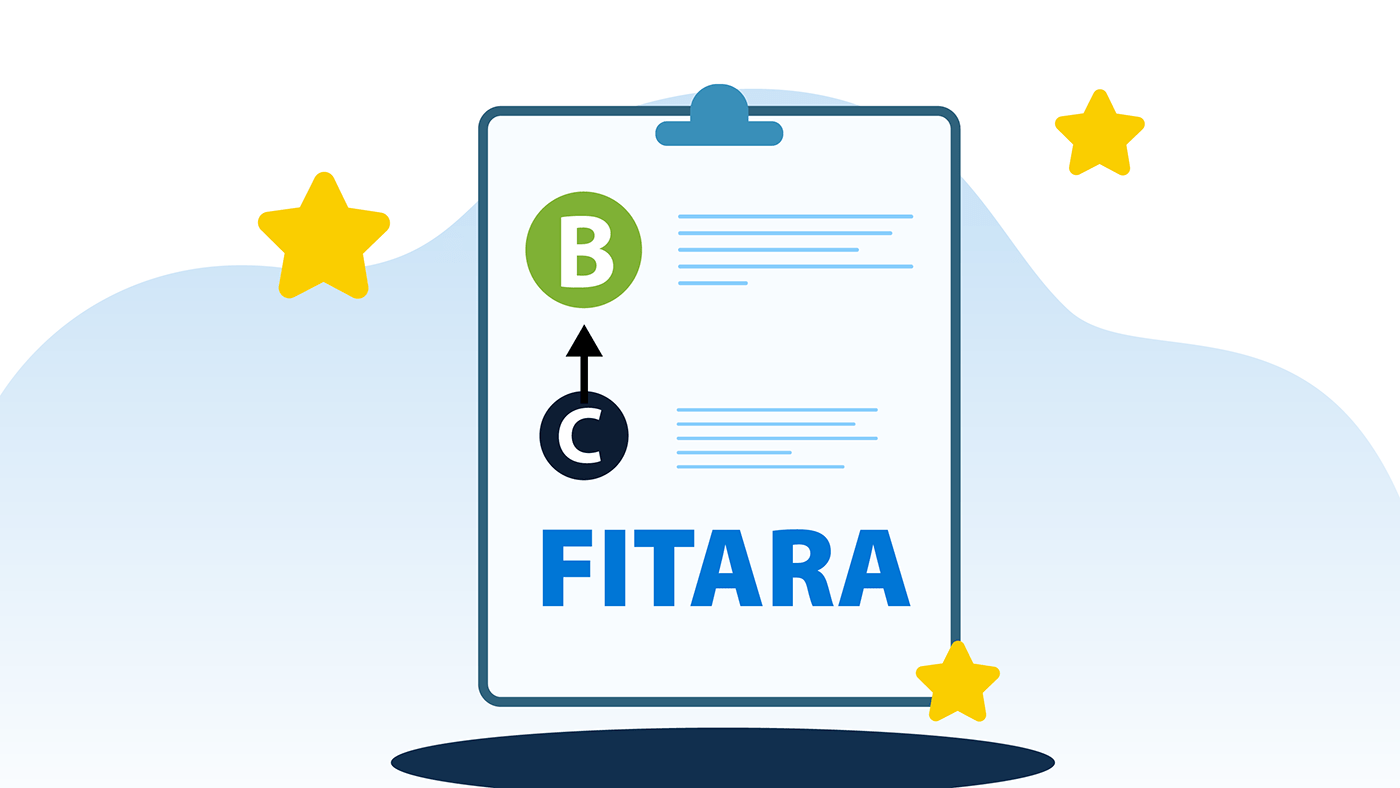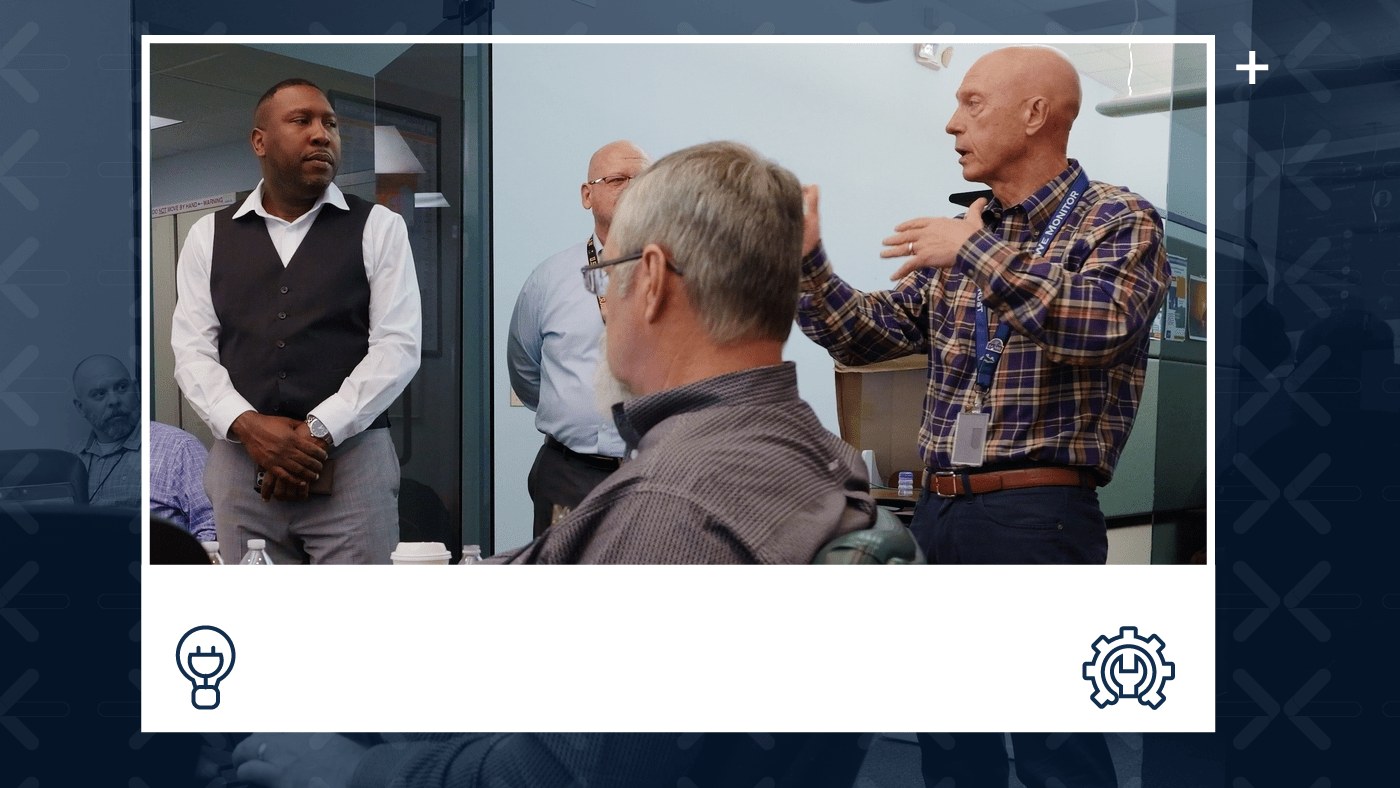Appears In
You decide to plan a relaxing vacation and look for flights online. You type in the place you want to visit and the dates you’ll be there and hit enter. In seconds, hundreds of flights pop up. Application Programming Interfaces (APIs) power this seemingly simple process. APIs are instrumental in allowing apps and platforms to access, share, and control data across the web. In this case, APIs pull information from various airlines into one centralized place, so you don’t have to navigate to an individual airline site to find a flight.
In 2018, the Department of Veterans Affairs Office of Information and Technology (OIT) launched a publicly available API platform that makes it easier for Veterans to connect to VA services, similar to how APIs compile and connect flight options to travelers. The VA API platform aims to create an easy-to-use and accessible way, no-cost way for developers to build applications that can benefit Veterans. This can include mobile applications, web-based tools, chatbots, and more. By leveraging VA’s data and services, developers can create innovative solutions that provide Veterans with greater access to information and resources and improve the delivery of VA services.
VA Lighthouse Program from inception to today
VA recognizes that APIs are at the forefront of VA’s digital modernization strategy. In August 2018, VA launched the VA developer portal. Since then, VA has continued expanding its catalog of publicly available, secure, reliable, and easy-to-use APIs.
Several principles guided the development of the VA API platform including:
- User-centered design: VA designed the platform with the needs of users in mind, with a focus on usability, accessibility, and ease of use.
- Agile development: The development process was agile and iterative, with frequent feedback and collaboration among different teams and stakeholders.
- Open standards: The platform was built using open standards and technologies, which help ensure interoperability, portability, and extensibility.
- Security and privacy: The platform was built with robust security and privacy features, including encryption, identity verification, and access controls.
Currently, VA APIs make accessing VA data easier and safer across many categories, including health, facilities, forms, and Veteran verification. VA is also continuing to actively expand its API library to include new categories and APIs, with the goal of better serving those who have served us. In addition, VA’s API developer portal includes API documentation, consumer onboarding, and API publishing support.
Close-up of the API development cycle
VA APIs go through an extensive cross-functional product development cycle with product, engineering, and user experience (UX) specialists. After prioritizing and defining a problem an API will solve, the team building the API moves into something called discovery phase, where they learn more about the problem space and start testing their assumptions. UX researchers interview people who interact with VA systems, such as Veteran Service Organization representatives who submit disability claims on behalf of Veterans or claims review officers who review applications, to understand better the pain points and complexities involved with navigating VA processes.
After discovery, the team enters the build and validate phases. They start shaping their solution, architecting the API, and writing user-friendly documentation. UX researchers will then test the designs with other developers to determine if the API needs any changes or improvements. Moving into the evolve phase, the team improves the usability of the API by incorporating their findings from usability testing. The team can build a high-quality product that performs at the same level as commercial industry standards through cross-functional collaboration and early user research. Both third-party applications, such as Apple Health and CommonHealth, as well as VA-built applications, such as the COVID-19 Patient Manager and VA Online Scheduling apps, use APIs that VA developed using this product development cycle.
Operating at the highest levels
The VA API platform is one way VA is keeping up with the rapidly changing technology landscape, showcasing operational excellence on par with private sector industry standards in several ways.
To begin with, the platform offers a centralized location for developers to access VA data and services, eliminating duplicate efforts and reducing the time and cost required to develop and deploy new applications. Secondly, the API platform provides enhanced security features to protect sensitive data and ensure only authorized personnel can access it. Additionally, the platform supports interoperability across different systems and applications, enabling seamless integration between VA systems and third-party applications.
Lastly, the Lighthouse API platform promotes standardized best practices for API development, documentation, and maintenance, improving the overall quality and consistency of the APIs and the applications that use them. Overall, the VA API platform provides a secure, streamlined, and efficient platform for developers to build and deploy new applications that improve the delivery of services to Veterans.
Learn More
The VA API platform is a perfect example of VA’s commitment to modernizing its digital infrastructure to serve Veterans’ needs better. The program improves the delivery of VA services and enables seamless integration with third-party applications. By leveraging the power of APIs, VA is driving innovation and providing greater access to information and resources for Veterans. The success of the VA API platform is a testament to VA’s operational excellence and ability to keep pace with the rapidly evolving technology landscape and to provide a delightful user experience for end users, including VA front-line staff and Veterans.
To learn more, visit the VA developer portal.
Topics in this story
In this article






